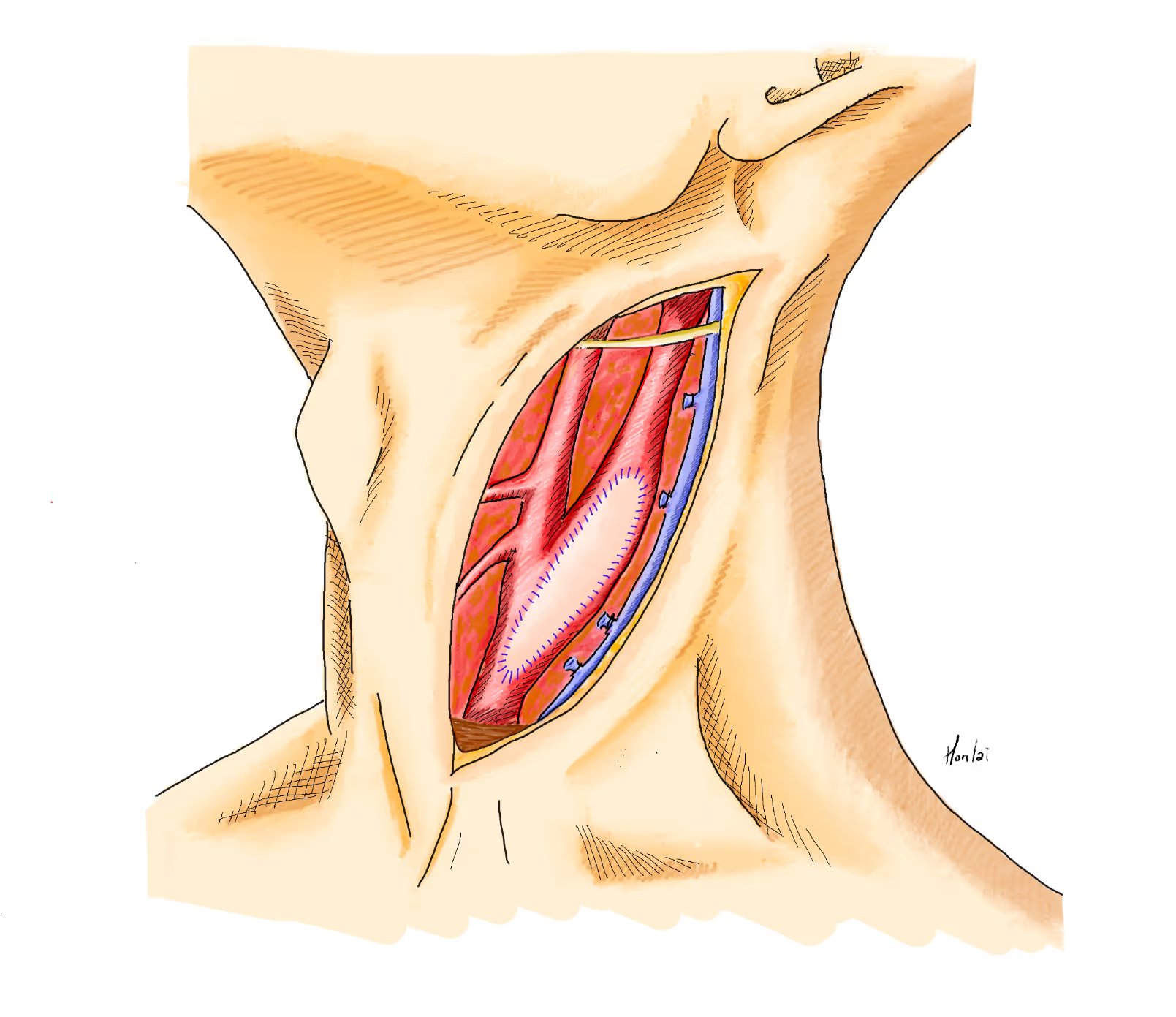
Carotid endarterectomy is a surgical procedure to treat carotid stenosis, an atherosclerotic narrowing, usually located at the origin of the internal carotid artery. Carotid stenosis can be the origin of emboli causing transient ischemic attack or stroke. During carotid endarterectomy, the atherosclerotic plaque is removed to prevent recurrent embolism in symptomatic stenosis or to prevent a first event in previously asymptomatic stenosis considered at high risk for embolism.
Endarterectomy of the carotid bifurcation is a surgical procedure to remove narrowing plaque from the carotid arteries, including the distal common carotid artery (CCA), the nternal carotid artery (ICA) and the proximal external carotid artery (ECA).To maintain adequate blood flow to the brain, intraluminal shunting may be used in patients at risk for hypoperfusion during clamping. After the endarterectomy, the artery is reconstructed with a patch plasty.
Educational objectives
.avif)
The Vascular International (VI) School for Vascular Surgery is dedicated to advancing the training and education of vascular surgical techniques through the use of lifelike models. With patient safety as the top priority, VI continuously strives to enhance vascular surgery training, ensuring the highest standards of safe and effective open and endovascular patient care.
About Us